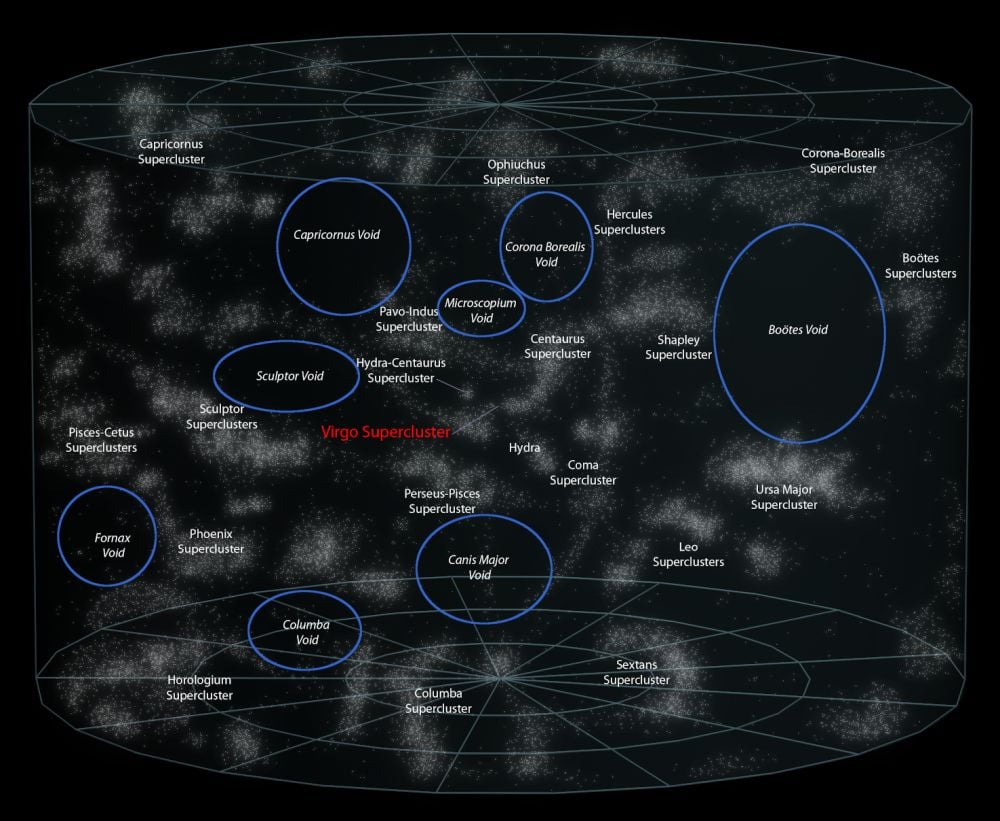The cosmos is populated with many puzzling, gigantic, and awe-inspiring objects. Supermassive black holes billions of times more massive than the Sun reside in the center of massive galaxies. Huge stars explode in cataclysmic collisions…
Category: 7. Science
-

The Rockefeller University » What these scientists revealed about the structure of the T cell receptor could help resolve a decades-old debate over how T cells get activated
Ryan Notti (left) and Thomas Walz (right) discovered new characteristics of a T cell receptor that are essential to a variety of cutting-edge T cell immunotherapies.
Adoptive T cell therapies—in which T cells are re-engineered outside…
Continue Reading
-
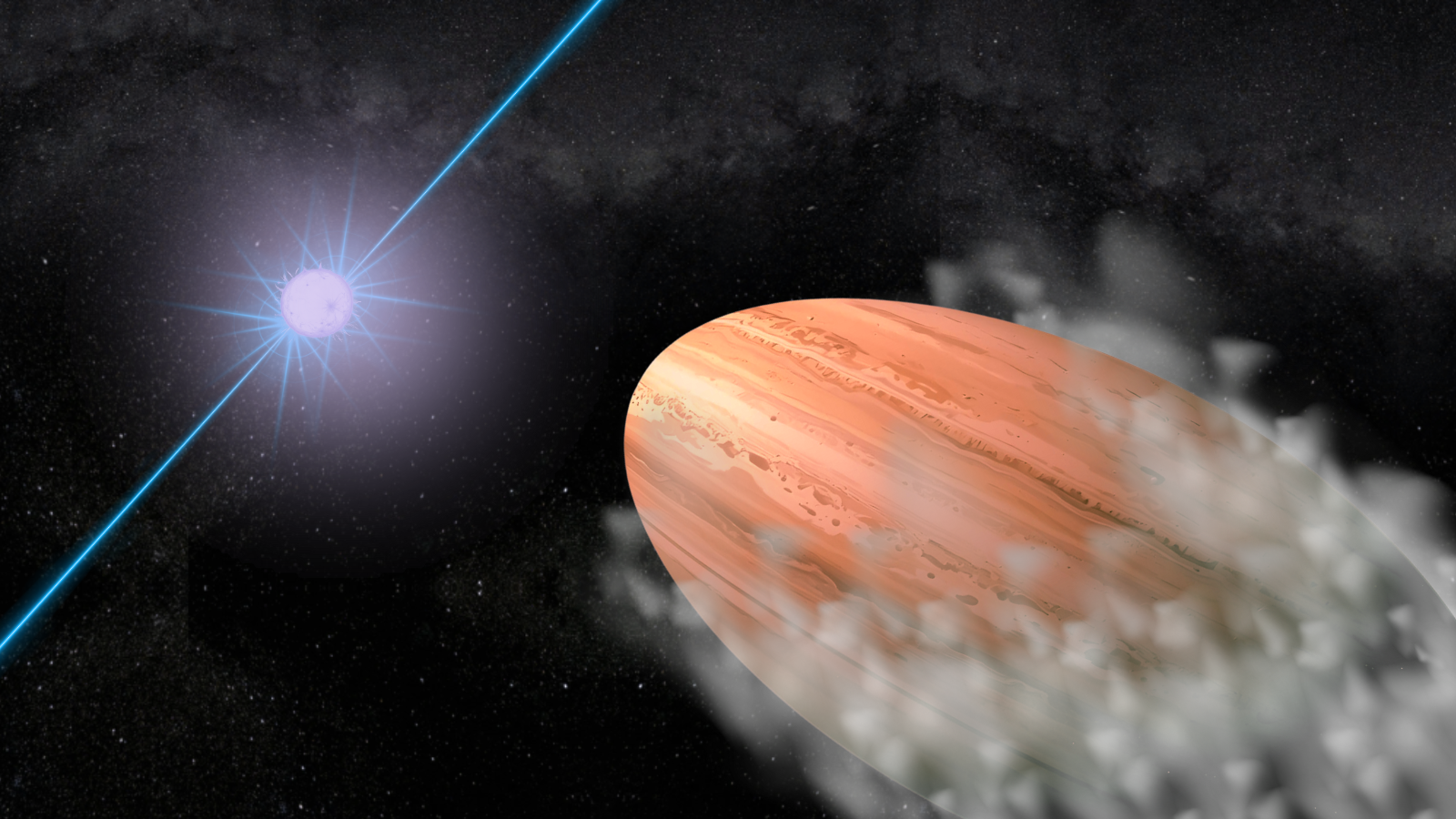
James Webb Space Telescope discovers a lemon-shaped exoplanet unlike anything seen before: ‘What the heck is this?’
Since astronomers discovered the first world outside the solar system in the mid-1990s, these extra-solar planets or “exoplanets” have astounded us with their strange characteristics.
A new discovery, made using the James Webb Space Telescope…
Continue Reading
-

Stuck on what to buy a space fan? Our space stocking stuffers guide has you covered
Shopping for space enthusiasts isn’t easy, especially if they’ve already got a solid stargazing setup. Maybe they’ve spent thousands of dollars on one of the best telescopes or best cameras for astrophotography, ready to snap Sirius this…
Continue Reading
-
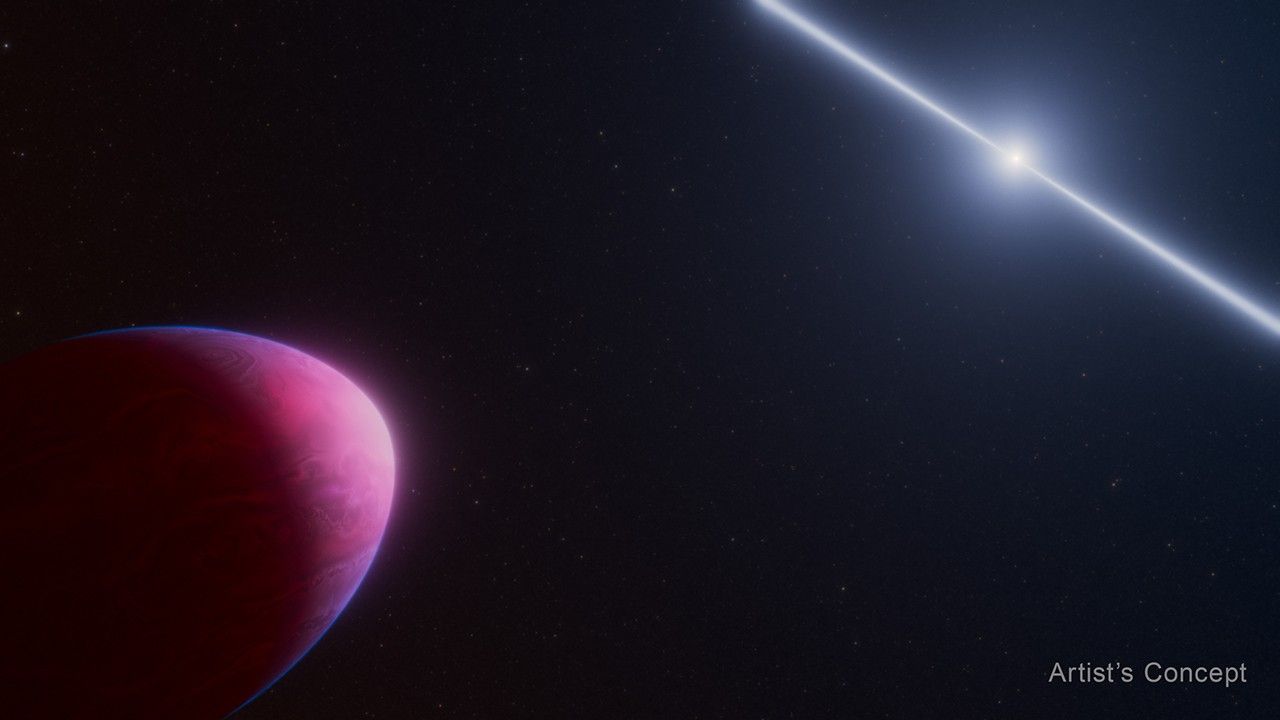
NASA’s Webb Observes Exoplanet Whose Composition Defies Explanation
Scientists using NASA’s James Webb Space Telescope have observed a rare type of exoplanet, or planet outside our solar system, whose atmospheric composition challenges our understanding of how it formed.
Officially named PSR…
Continue Reading
-

Could the Star of Bethlehem have actually been a comet?
Could the Star of Bethlehem, which guided the ‘three wise men’ to the infant Jesus in the Christian Bible, have been a comet that came as close to the Earth as the moon?
That’s the remarkable hypothesis from Mark Matney, a planetary scientist in…
Continue Reading
-

New 3D benchmark leaves AI in knots
Today’s artificial intelligence models can’t even tie their own shoes.
In new research that puts the latest models to test in a 3D environment, Cornell scholars found that AI fares well with untangling basic knots but can’t quite tie knots…
Continue Reading
-
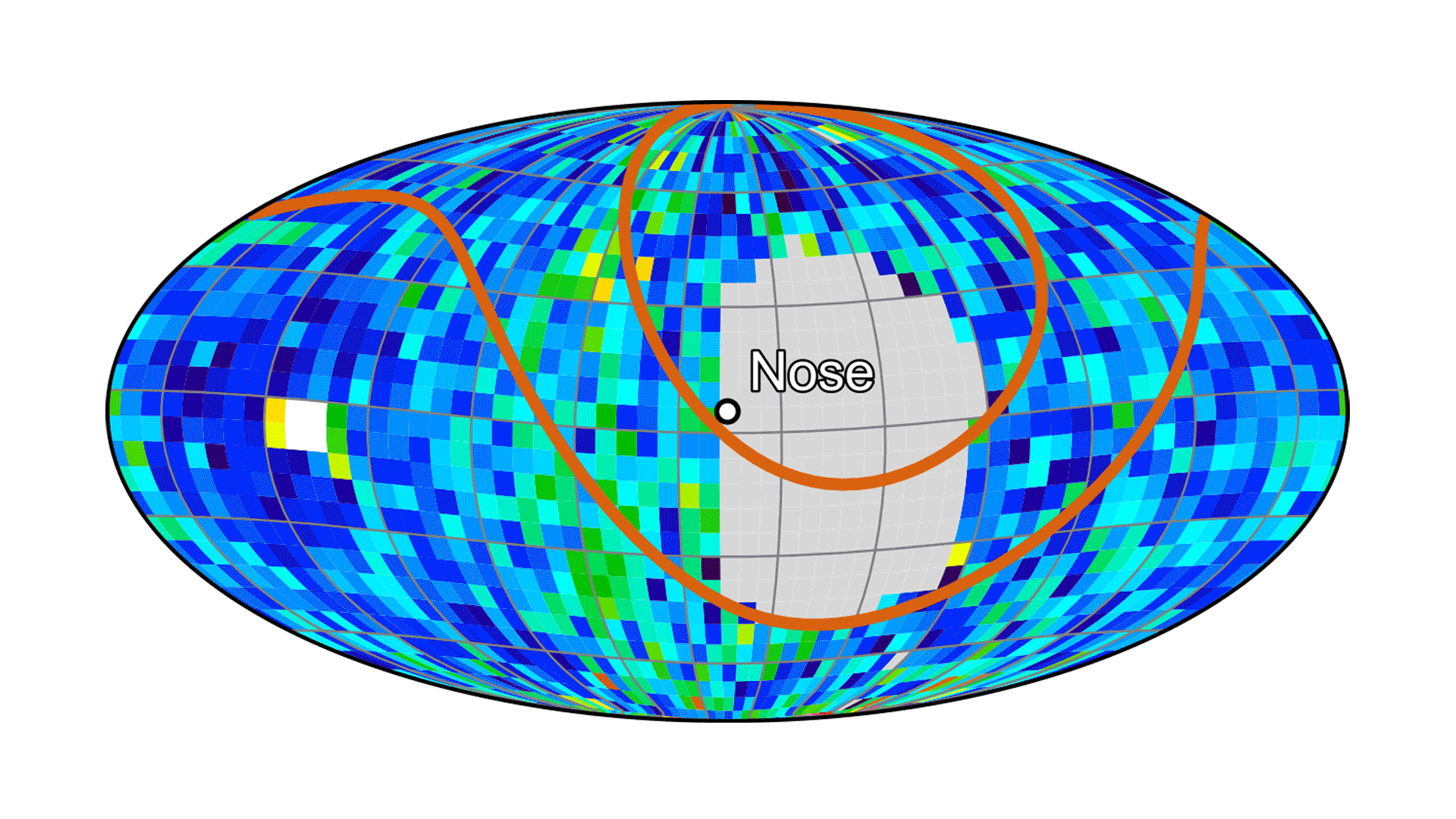
NASA’s IMAP Mission Captures ‘First Light,’ Looks Back at Earth
All 10 instruments aboard NASA’s newly launched IMAP (Interstellar Mapping and Acceleration Probe) mission have successfully recorded their first measurements in space. With these “first light” observations, the spacecraft is now…
Continue Reading
-
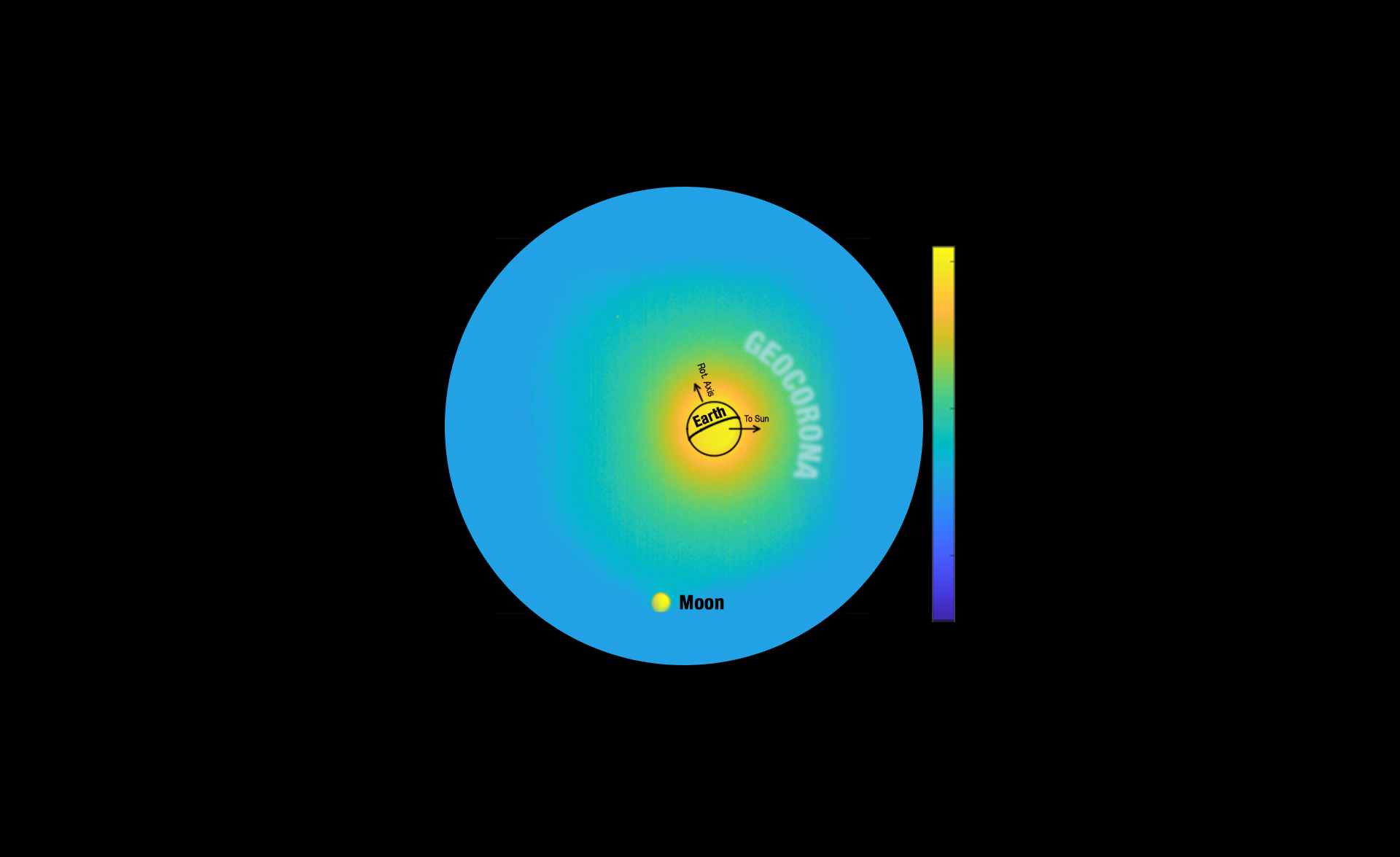
NASA’s Carruthers Geocorona Observatory Reveals ‘First Light’ Images
NASA’s Carruthers Geocorona Observatory has captured its first images from space, revealing rare views of Earth and the Moon in ultraviolet light. Taken on Nov. 17 — still months before the mission’s science phase begins — these…
Continue Reading
-

Copernicus Sentinel-6B delivers first altimeter images and reaches final orbit
These initial measurements from the satellite’s Poseidon-4 altimeter show how Sentinel-6B will help track sea-level change, ocean currents and wave conditions, while also monitoring water levels from lakes and inland waters…
Continue Reading
